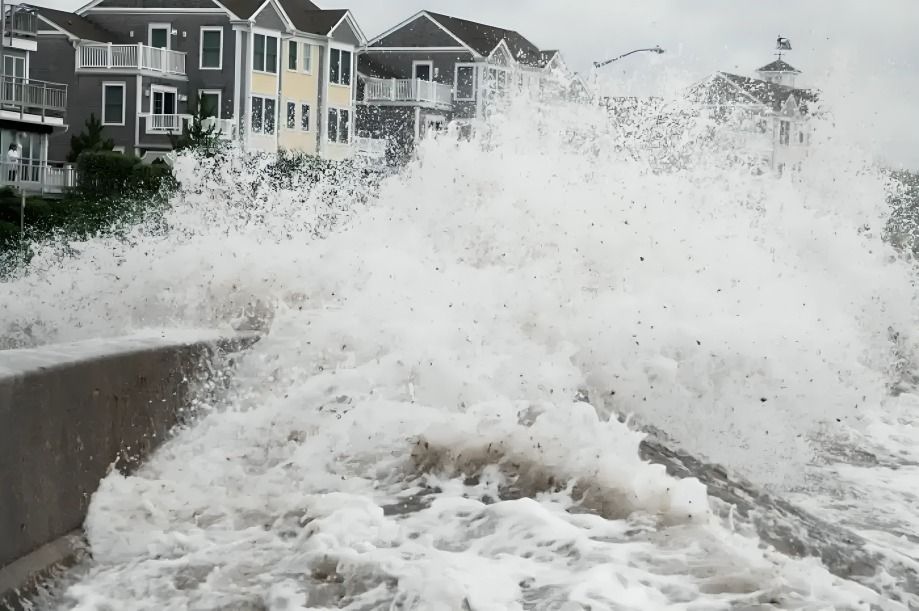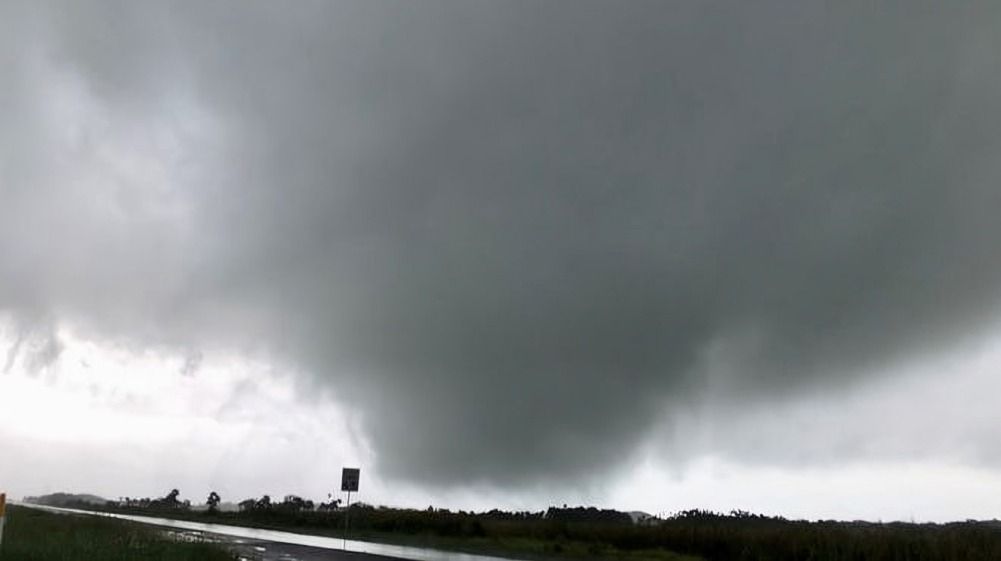
“
Hurricanes are powerful and awe-inspiring natural phenomena that can captivate our imaginations. They are mighty storms that form over warm ocean waters and bring strong winds, heavy rains, and high waves. Let's dive into some fascinating facts about hurricanes that will help us better understand these incredible weather events!1
1
”
Did you know that different hurricanes have many different names? In the Atlantic and Northeast Pacific, they are known as hurricanes. In the Northwest Pacific, they are called typhoons, and in the South Pacific and Indian Ocean, they are referred to as cyclones. 1
Hurricanes form over warm ocean water that is at least 80°F (27°C). This warm water provides the energy needed for the storm to grow and strengthen, fueling its winds and contributing to its development into a powerful system. 2
At the center of a hurricane is a calm area called the "eye." The eye is usually about 20-40 miles wide and has clear skies and light winds, surrounded by the fiercest part of the storm known as the "eyewall." 3
Hurricanes spin counter-clockwise in the Northern Hemisphere and clockwise in the Southern Hemisphere due to the Coriolis effect, which is caused by the Earth's rotation, influencing the direction of wind patterns and storm movement. 4

One of the most dangerous aspects of a hurricane is the storm surge. This is a rise in sea level caused by the strong winds pushing water toward the shore, leading to severe coastal flooding, which can devastate communities and infrastructure.
Hurricanes are given names to help identify and track them. The names are chosen from a list created by the World Meteorological Organization and are reused every six years unless a hurricane is so destructive that its name is retired. 5
Scientists use special planes called "Hurricane Hunters" to fly into hurricanes and gather important data. These planes are equipped with instruments to measure wind speed, pressure, temperature, and humidity. 6
Hurricanes are categorized by their wind speeds using the Saffir-Simpson Hurricane Wind Scale. The scale ranges from Category 1 (least severe) to Category 5 (most severe), with each category indicating increasing potential for damage and impact on life and property.7
Hurricanes can produce a tremendous amount of rain, sometimes over 10 inches in just a few hours. This heavy rain can cause flooding, especially in coastal areas, overwhelming drainage systems and leading to widespread damage and disruption.8
While most hurricanes last for a few days, some can persist for weeks. Hurricane John in 1994 lasted for 31 days, making it one of the longest-lasting hurricanes on record. 9
Hurricane season in the Atlantic Ocean runs from June 1 to November 30. This is when conditions are most favorable for hurricane formation due to warm ocean waters and favorable wind patterns.10
The deadliest hurricane on record is the Great Hurricane of 1780, which struck the Caribbean and killed an estimated 22,000 people. It serves as a reminder of the destructive power of these storms. 11
While some hurricanes take days to develop, others can form rapidly. This phenomenon is known as "rapid intensification," where a storm's wind speed increases by at least 35 mph within 24 hours. 12

Hurricanes can spawn tornadoes, especially in their outer bands. These tornadoes are usually weaker than those formed in severe thunderstorms but can still cause significant damage.
The largest hurricane on record was Typhoon Tip in 1979, with a diameter of over 1,380 miles. It covered an area larger than half the size of the contiguous United States, demonstrating the vast scale and power of tropical cyclones.13
Scientists agree that climate change is making hurricanes more intense. Warmer ocean temperatures increase the energy available for hurricanes, leading to stronger storms. Additionally, rising sea levels can amplify the impact of storm surges. 14
Hurricanes can travel great distances across the ocean. For example, Hurricane Faith in 1966 traveled over 6,000 miles from the coast of Africa to Norway, illustrating the extraordinary reach and impact of these powerful storms.15
The path of a hurricane is influenced by several factors, including ocean currents, wind patterns, and high- and low-pressure systems. Predicting a hurricane's path can be challenging for meteorologists. 16
Satellites in space play a crucial role in monitoring hurricanes. They provide images and data that help meteorologists track the storm's development and predict its path, enhancing early warning systems and improving disaster preparedness.17
It's important to be prepared for a hurricane. This includes having an emergency kit, knowing your evacuation route, and staying informed through weather updates. Preparation can help keep you safe during these powerful storms. 18


